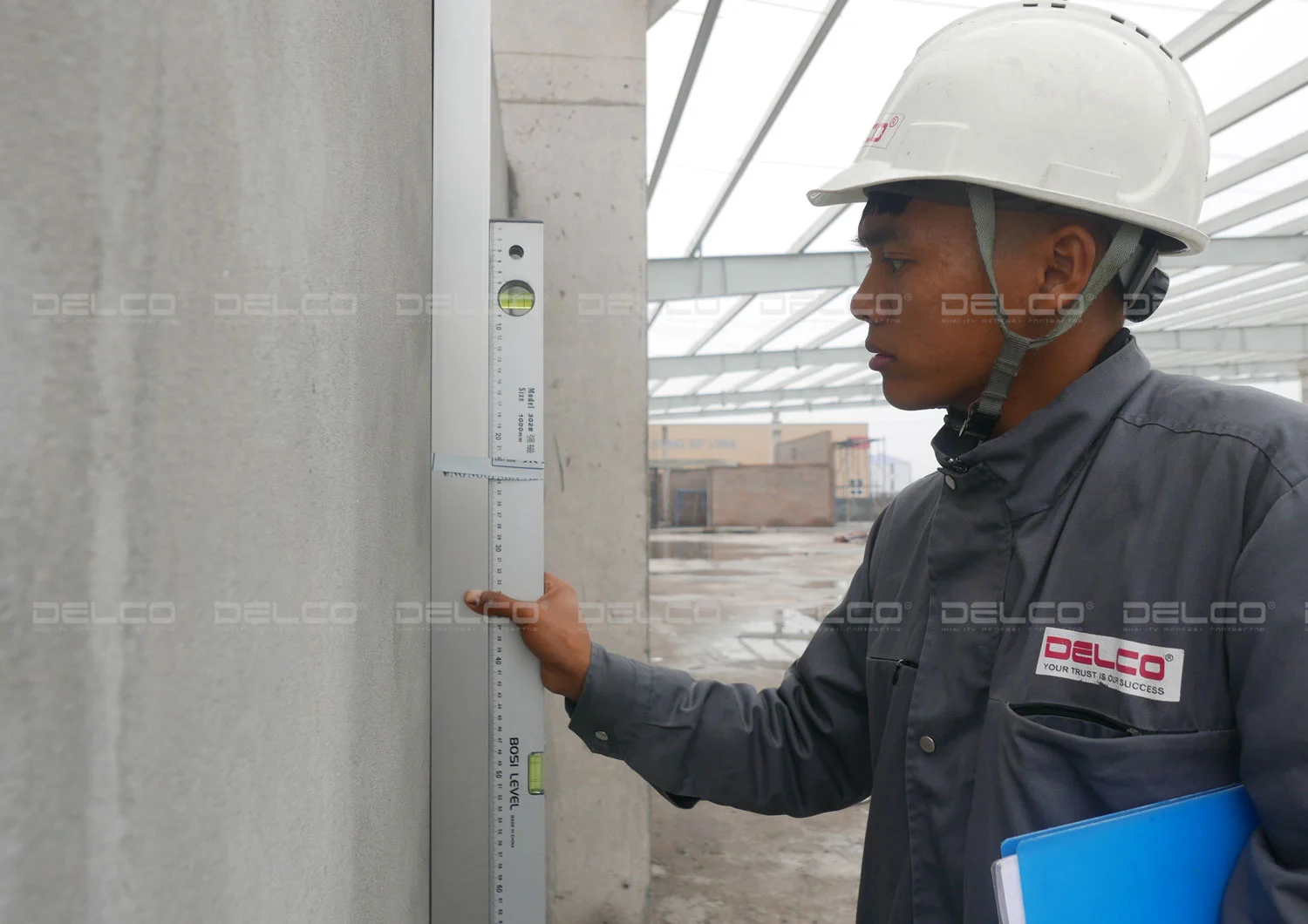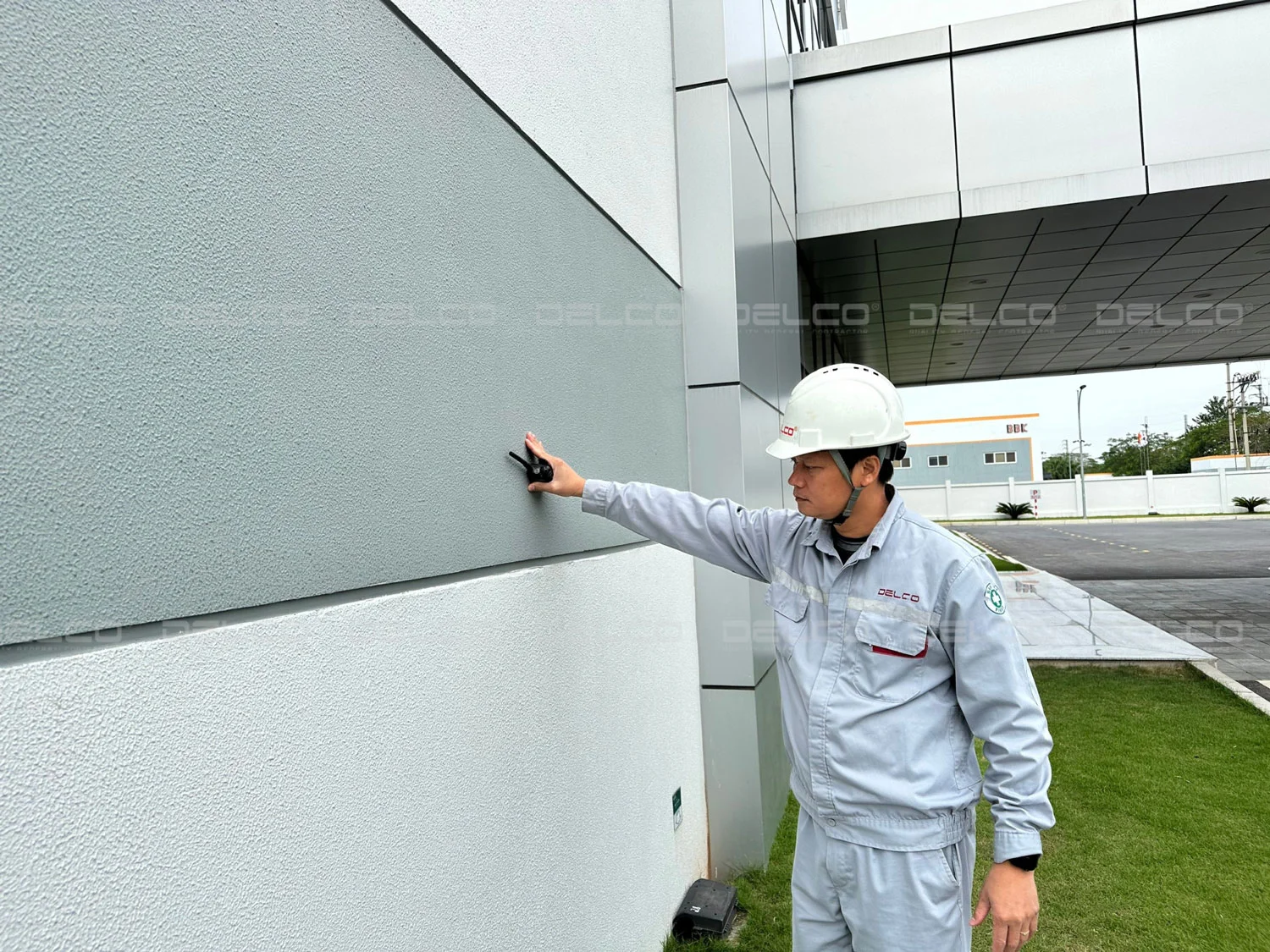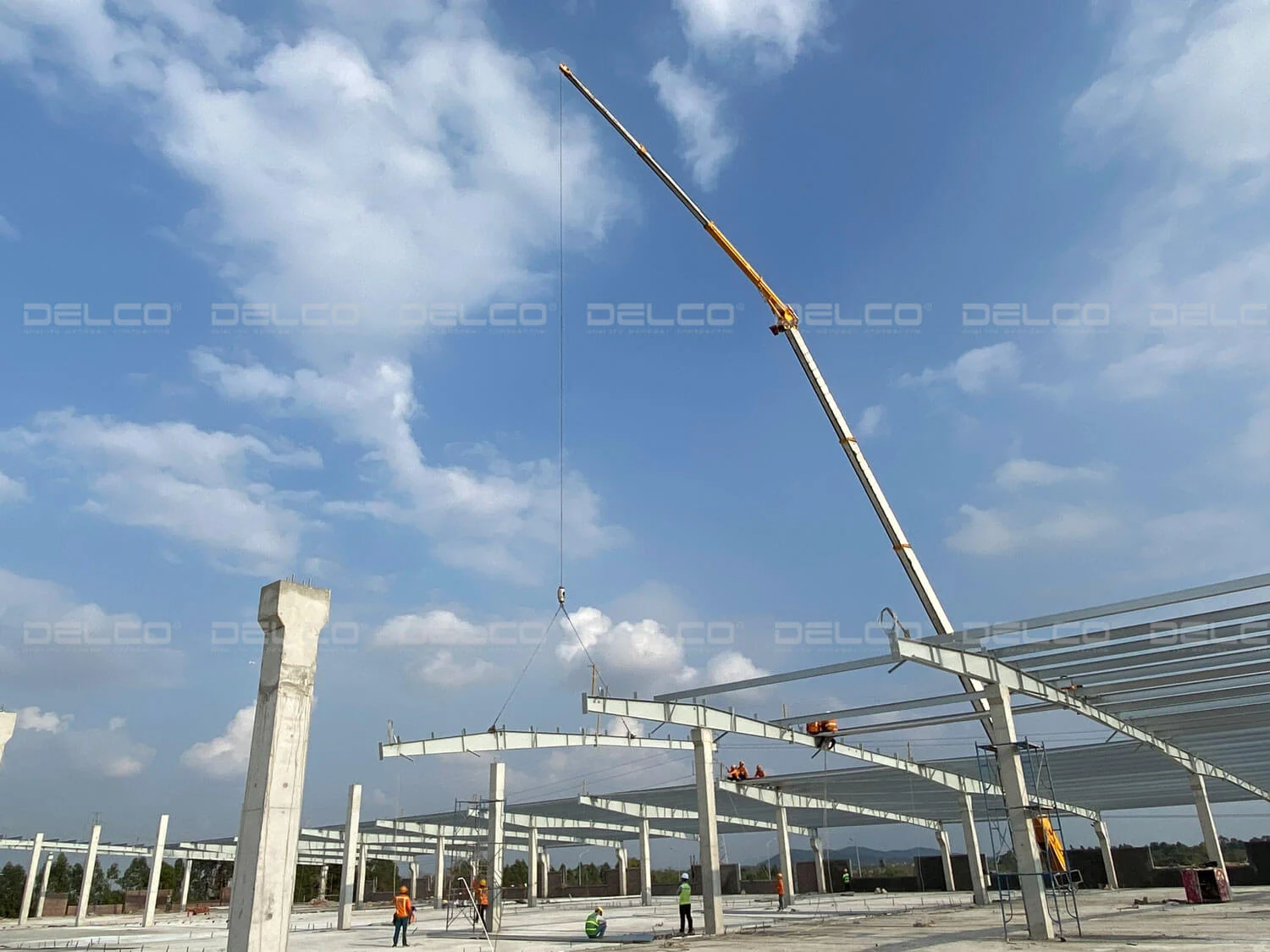Some construction materials, such as cement, steel, sand, and stone, are expected to see further price increases in the near future. This trend has raised concerns among FDI investors when considering factory construction costs in Vietnam.
Construction material prices continue to rise
According to construction material price statistics from late 2024, many materials have already undergone price adjustments. Cement prices have increased by 50,000 VND per ton and remained stable in the first month of 2025. However, by Q3/2025, rising input costs (including export tax on clinker, fuel, and logistics) may lead cement manufacturers to raise prices further. Current cement prices range between 950,000 and 1,400,000 VND per ton, and are forecast to increase by 3–5% in August 2025, potentially reaching around 1,000,000 to 1,450,000 VND per ton.
Construction steel prices have also experienced noticeable fluctuations, currently ranging from 14.3 to 14.5 million VND per ton and expected to reach up to 15 million VND per ton in August, driven by high demand during the peak construction season.
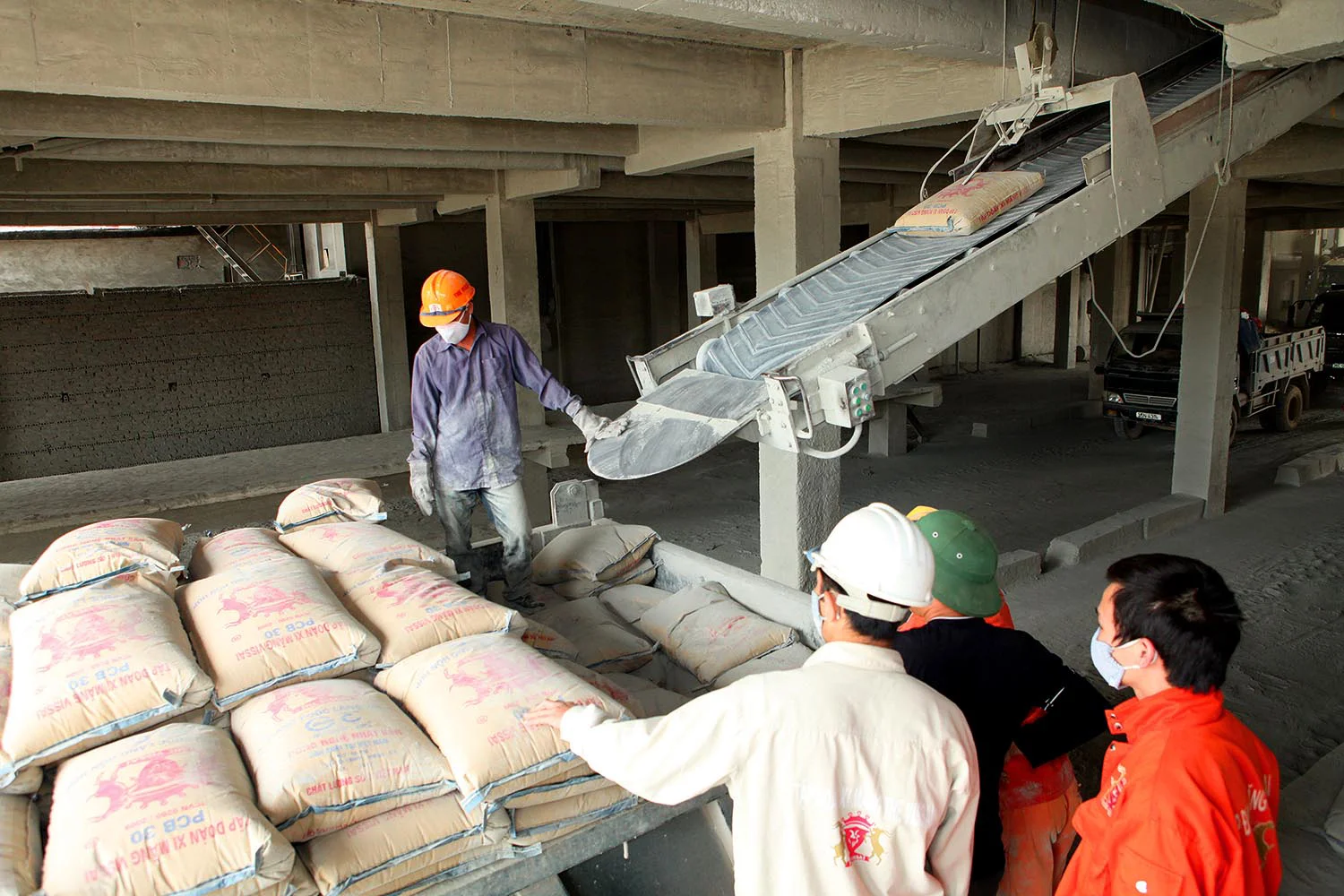
The prices of construction sand and stone in 2025 are expected to rise sharply, partly due to restrictions on mining in many areas to protect the environment and natural resources. Construction and filling sand prices have already increased by 5%–15% since the beginning of the year, now ranging from 140,000 to 440,000 VND per cubic meter, depending on the type and region. Construction stone prices have also shown a slight upward trend, commonly ranging between 230,000 and 380,000 VND per cubic meter.
According to experts, Q3/2025 is expected to be an active period for the construction material market, with price hikes driven by both supply and demand factors, especially the simultaneous rollout of large-scale public investment projects.
Impact on industrial construction costs
The rise in construction material prices can directly affect factory construction costs, increasing the total initial investment. To minimize financial pressure, FDI investors planning to build factories in Vietnam should develop early plans and carefully consider the timing of material purchases to take advantage of periods of stable or slightly reduced prices. Additionally, optimizing design to save materials, applying modern construction technologies to shorten building time, and adjusting construction schedules flexibly can help control costs more effectively.
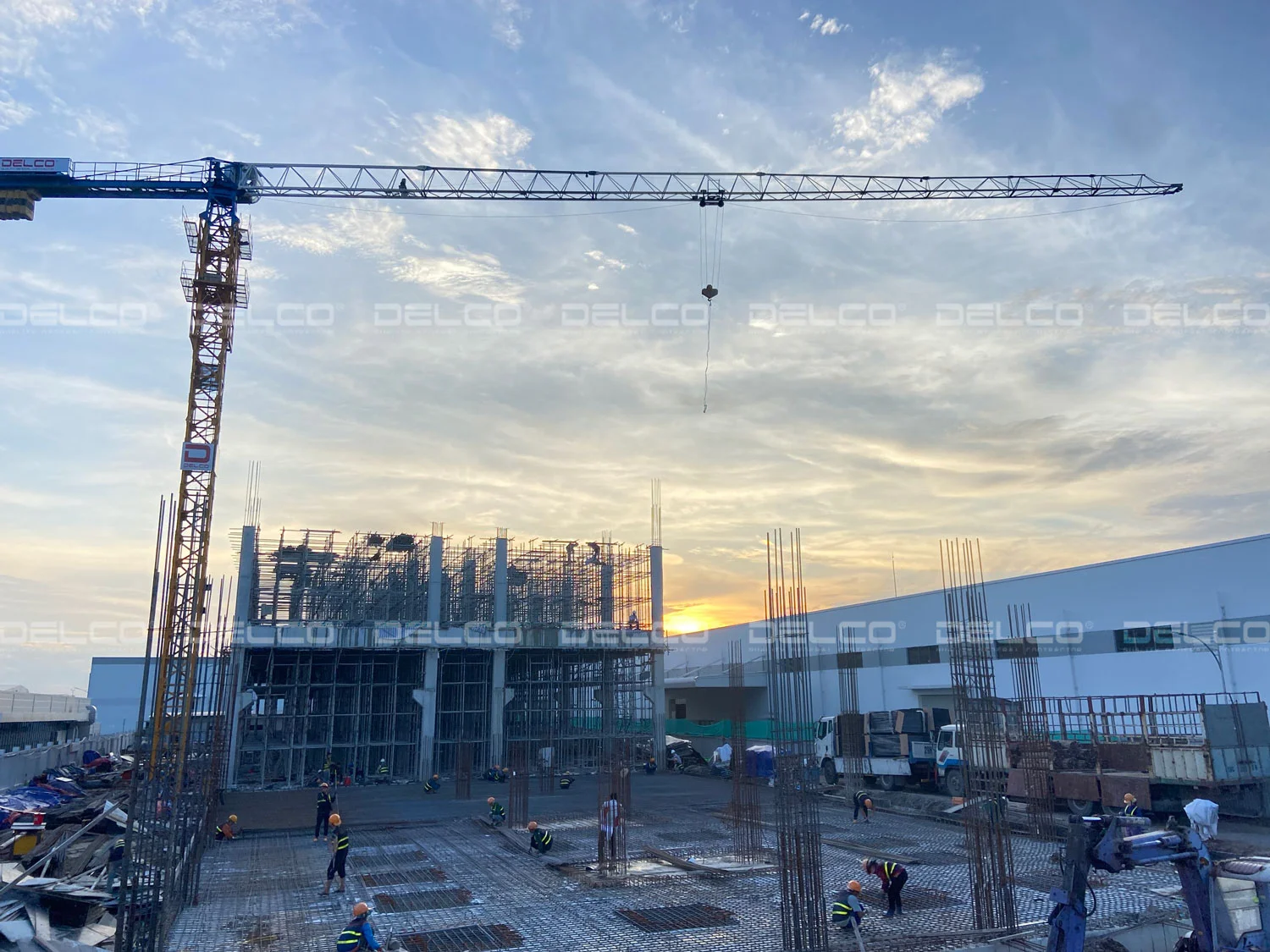
A detailed construction plan, efficient material and equipment management, and the adoption of optimal construction methods enabled the DORCO Living Vina Factory project, with DELCO as the general contractor, to effectively manage costs and minimize the impact of the 2022 steel price surge.
Source: Vietnam Financial Times
See more: Green building materials – an inevitable trend in the construction industry in 2024
See more: Elastic coating paint: An appropriate selection for workshops, factories in tropical climate regions




